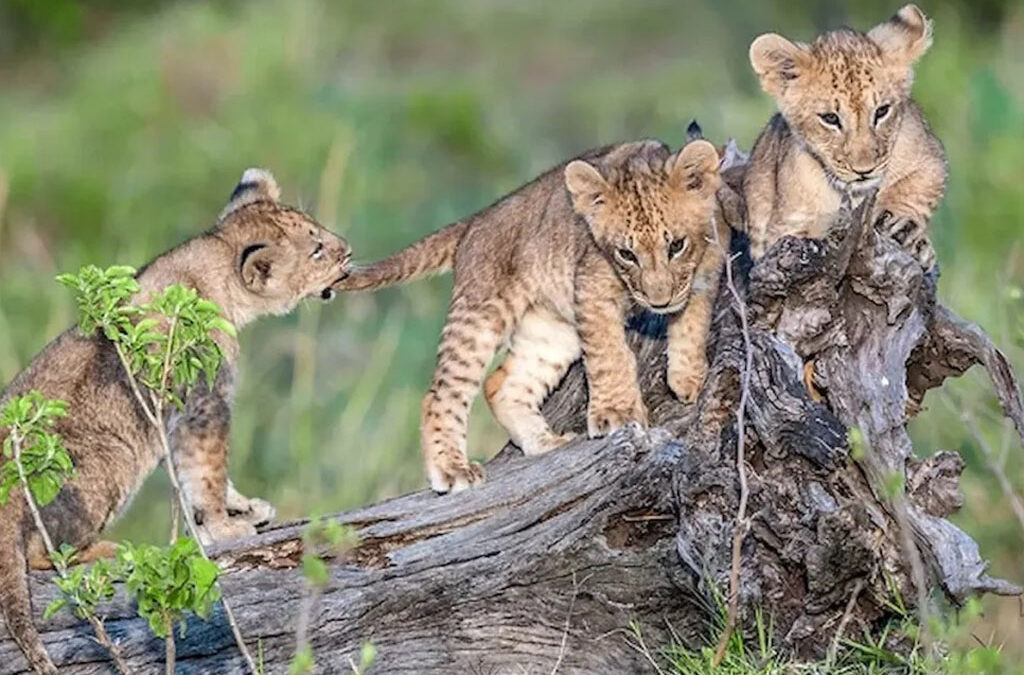
How Safe Is Zanzibar for Tourists?
May 5, 2025
Can You See the Great Migration Cheaply?
May 5, 2025What’s the Best Month for Serengeti?
I still remember the first time I stepped off that tiny bush plane and felt the red earth of the Serengeti under my boots. There is something indescribable about the place something deeply ancient. The land hums with life, and the skies seem to stretch forever. Time slows down. You’re no longer watching National Geographic; you are inside it.
But before my trip, I spent weeks obsessing over one question: What’s the best month to go to the Serengeti? Everyone had an opinion, and I quickly learned that there’s no one-size-fits-all answer. Whats the best depends on what you want to see and how you want to experience it.
Let me walk you through it from someone who’s been, seen, and come back humbled.
The Serengeti in Seasons
To truly choose your best month, you need to understand how the Serengeti shifts throughout the year. It’s all about the Great Migration, weather patterns, wildlife behaviors, and crowd sizes. Here’s how it all plays out.
January to March: The Calving Season (Ndutu Area)
If I could bottle up the wonder of one moment, it would be a dawn in February when I watched a newborn wildebeest take its first steps.
Why this time is special: January through March is calving season in the southern Serengeti and Ndutu plains. This is when hundreds of thousands of wildebeest give birth, and the plains become a nursery and a battleground. Big cats like lions and cheetahs are on high alert, and hunting is frequent. I saw more predator action in one week than I thought possible.
Weather: Warm and green short afternoon showers sometimes.
Best for: Seeing baby animals, predator-prey drama, fewer crowds.
My personal note: It’s also the most emotional season. Watching a mother wildebeest nudge her calf up with her nose stays with you. Nature at its rawest.
April to May: The Green Season (Rainy, but Stunning)
This is when the Serengeti is lush, quiet, and deeply photogenic.
Why you might love it: It’s low season, so fewer vehicles and more personal space. The landscape is emerald, skies are dramatic, and sunsets feel like oil paintings.
Downside: It’s the wet season some roads become muddy or even impassable, and the migration starts moving northwest, making animals a bit harder to locate without a skilled guide.
Best for: Photographers, solitude-seekers, and budget travelers.
My note: I came during early May once, and yes, it rained but not all day. And the quiet? The kind that seeps into your soul.
June to July: The Migration Moves North (Western Corridor)
June kicks off the dry season and the beginning of the Great Migration’s move from south to north.
What to expect: Wildebeest and zebra are on the march, and the western corridor near the Grumeti River is where the first dramatic river crossings happen. It’s not as famous as the Mara crossings, but no less thrilling.
Weather: Dry, sunny, cooler nights perfect safari conditions.
Best for: First-time visitors, witnessing migration on the move, river crossing action.
My tip: July gets busier, so if you can swing it, go in late June. I saw a crossing of about 5,000 wildebeest, and our vehicle was one of only four at the site.
August to October: The Mara River Crossings (Northern Serengeti)
This is the Serengeti most people dream about drama, dust, and the thunder of hooves.
Why it’s iconic: The northern Serengeti becomes the stage for the most dramatic migration crossings as wildebeest and zebra brave the crocodile-filled Mara River.
Weather: Dry, warm days; cool nights.
Best for: River crossings, big wildlife numbers, stunning vistas.
My experience: I went in August once, and let me tell you no documentary prepares you for the sound of 10,000 animals hitting the water at once. Or the silence that follows when a croc takes one.
Crowds? Yes, it’s peak season. But the sheer scale of nature overshadows the presence of people.
November to December: The Short Rains and Return South
By November, rains return lightly, the plains begin to green again, and the herds start their long trek back south.
Vibe: It’s transitional, quieter, and surprisingly beautiful.
Why go now: The herds are scattered, but the scenery is cinematic. Fewer tourists, good deals, and great birdwatching.
Weather: Short rains, mostly in bursts not all-day washouts.
Best for: Value travelers, unique wildlife scenes, bird lovers.
My December trip: I caught the tail end of the rains, watched giraffes walking through mist, and had entire valleys to myself. Underrated, for sure.
So, What’s The Best Month?
Here is the truth there isn’t just one. But I can help narrow it down for your kind of adventure:
-
For action and drama: Go in July to September for the northern river crossings.
-
For babies and big cats: February is magic.
-
For fewer people and lush beauty: April or May.
-
For classic safari and great weather: June or October.
If I had to pick my personal favorite, it would be late February. There is something sacred about the birth season. It’s not as loud or obvious as the crossings, but more intimate. Watching a cheetah stalk through tall grass, vultures circling above, and life beginning and ending within minutes it reminded me why I came in the first place.
Practical Tips from Someone Who has Been There
-
Book early for peak season: July “September lodges fill up fast, especially in the north.
-
Pack for variation: Even in the dry season, early mornings can be freezing.
-
Hire a good guide: A sharp-eyed local guide can mean the difference between seeing a leopard or driving right past it.
-
Expect dust: No matter the month, bring a scarf or buff for dusty drives.
-
Don’t chase the herds too hard: The Serengeti always surprises. You may come for the wildebeest but leave with a story about hyenas or a leopard in a tree.
Final Thoughts: Let the Serengeti Choose You
I planned every detail, researched every migration chart, and still the most unforgettable moments were the ones I didn’t plan for. Like a lion’s roar waking me up at 3 a.m., or my guide pulling over just to admire the silhouette of an acacia tree at sunset.
If you’re wondering which month is best, maybe think about it this way: What story do you want to tell when you come home?
Because the Serengeti will give you one no matter when you go.




